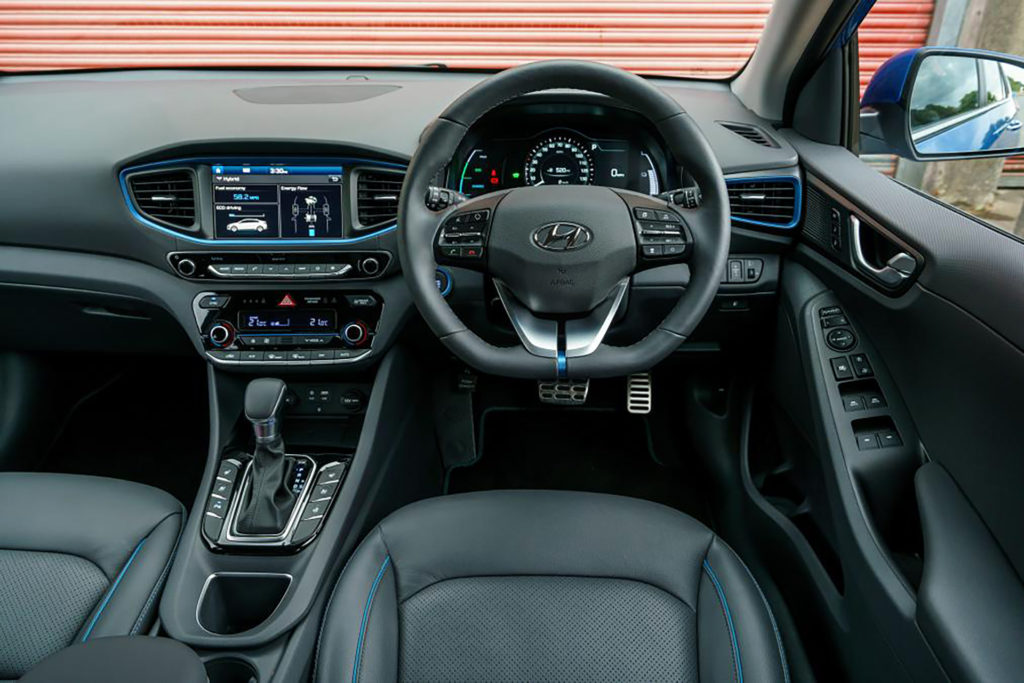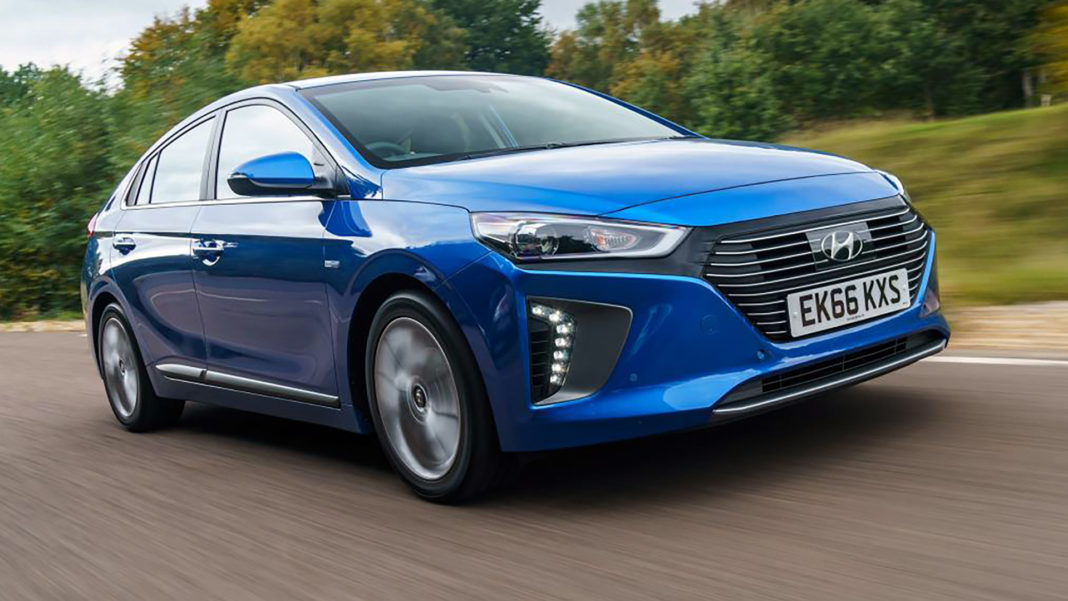by Seán Creedon
Hyundai has been doing very well in Ireland in recent years with their SUVs and small petrol and diesel cars selling hot cakes. Now the Korean company are also one of the leaders in the sales of electric cars here. I was very impressed with the range of approximately 450 km in the Hyundai Kona which I drove last year.
Last week I got to test the revamped version of Hyundai’s Ionic, where the range is around 290km. The Kona will cost you almost 40k, while the Ionic price is €34,850.
Last year the Government announced ambitious plans to have one million electric cars on Irish roads by the year 2030.
There are approximately 2.7 million vehicles on Irish roads right now and just over 5,000 of those are electric. So if we are to achieve the Government’s target every new car being sold today would have to be electric.
There were suggestions that the Government would ban petrol and diesel cars after 2030, but as an opposition TD correctly pointed out we no longer have a motor manufacturing business in Ireland, so no Irish Government can make that claim. Ultimately any decisions about ending petrol and diesel cars will be made by the mass manufacturers.
The prices will have to drop a lot more, batteries will have to be improved and we will need to see a massive investment in the charging points all over the country before we see any dramatic switch to electric cars.
For now the charging system works reasonably well, for the number of electric cars that are on our roads. Also I noticed last week that that the queues for charging have declined since a small charge was introduced for the public charging points in November.

Facelift
So to the Ionic, which has got a facelift. Updates include reworked styling inside and out, revised connectivity features and a fresh electric drivetrain, with a larger capacity battery and a new regenerative braking system borrowed from the Kona Electric.
Up to now electric cars were not very attractive, but while the Ioniq doesn’t solve the range issue, it certainly has improved the look of electric cars. The Ioniq uses the same platform as its cousin the Kia Niro.
Revamp
Exterior revisions for the Ioniq range include updated front and rear bumpers, new day-time running lights and redesigned LED headlights and taillights. PHEV and Electric models now come with16-inch alloys.
The revamp is continued inside the car where the Ioniq gets a redesigned dashboard, updated heater controls, a new 10.25-inch infotainment system and blue ambient lighting.
There is a decent-sized boot, but sadly no spare wheel. Also that rear window, which has a bar across it, reminded me of rear window in the old Honda Civic.
Range anxiety
I spent a lot of time last week trying out new radio stations on the DAB radio in the Ionic. Range anxiety is always a worry in an electric car, but unlike petrol and diesel, you don’t lose any ‘energy’ if stuck in urban grid-lock traffic.
My test car had lots of goodies, including heated steering wheel. All those extras, if used can eat into the battery life, so if you want to reduce your ‘range anxiety’ maybe you can manage without the heated steering wheel.
The price is €34,850 and that’s when all the government grants are applied. So we can expect a lot of ‘electric talk’ over the next decade.









